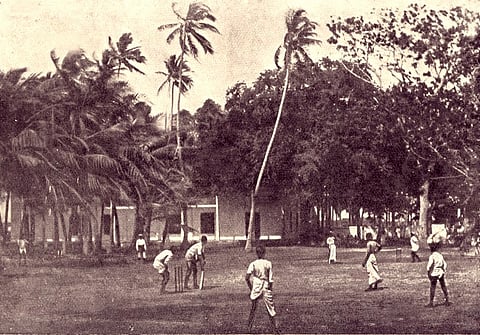The Ceylonese origins of Lankan cricket
Modernity took firm root in Ceylon under the imperial aegis of Britain. British rule ushered a considerable transformation in the political economy of the island, a revolution in the communication system, the administrative unification of the country and the emergence of new (capitalist) class forces. English became the administrative language, leading to the development of an indigenous socio-political elite – referred to locally as the "middle class" – whose mode of domination included a facility in both the English language and lifestyle.
During that process, the ethnic diversity of the island was compounded. Apart from the Tamils, Sinhalese and Tamil-speaking Moors of yesteryear, one witnessed the influx of people identified as Indian Tamils, who worked on the plantations in the interior or as menial labourers in the main urban centres. The island's location also encouraged small groups of Malays (who had served in the Dutch and British regiments), as well as Bohras, Sindhis, Parsees and Colombo Chetties to join the mixed European descendents described as 'Burghers' in the polyglot towns of the southwestern quarter of the island, most notably in Colombo. By the 1880s, Colombo was the island's hegemonic centre, looming over the rest of the country with its political and economic clout, as well as its symbolic primacy. It was this primacy in Colombo's status that was to prove central in the evolution of another overwhelming hegemony in Ceylon: that of cricket over all other sports in the country.

